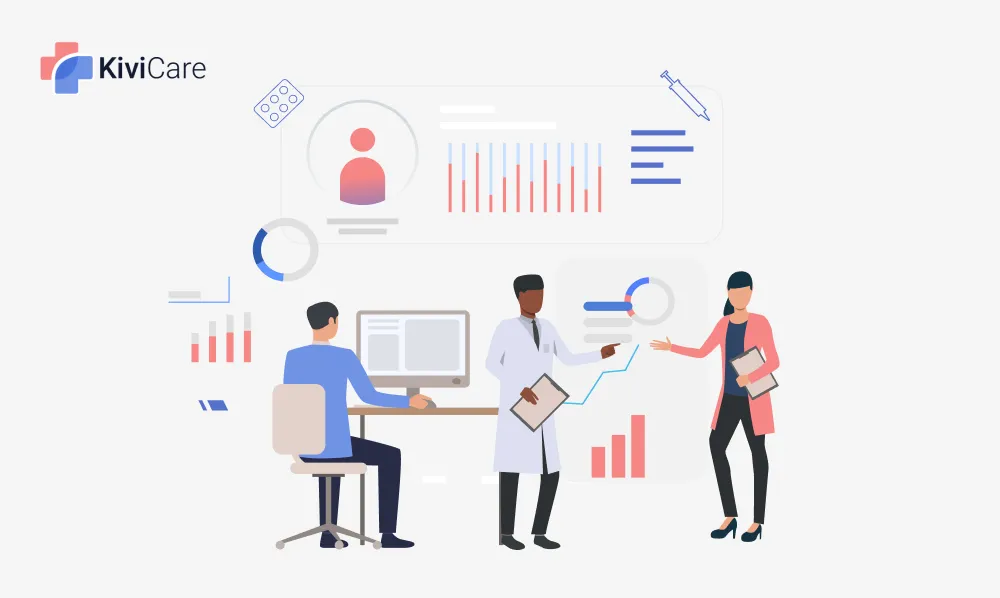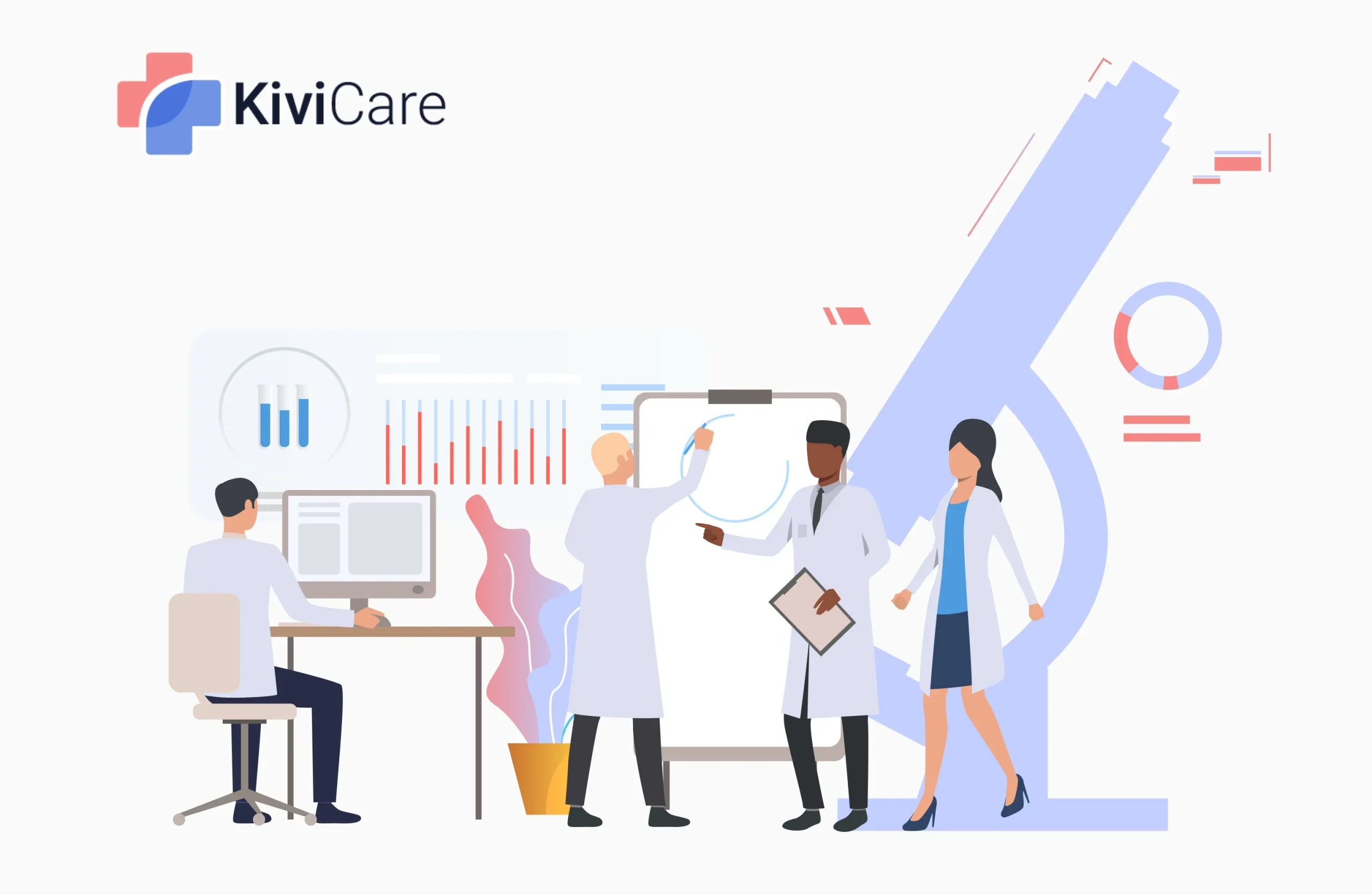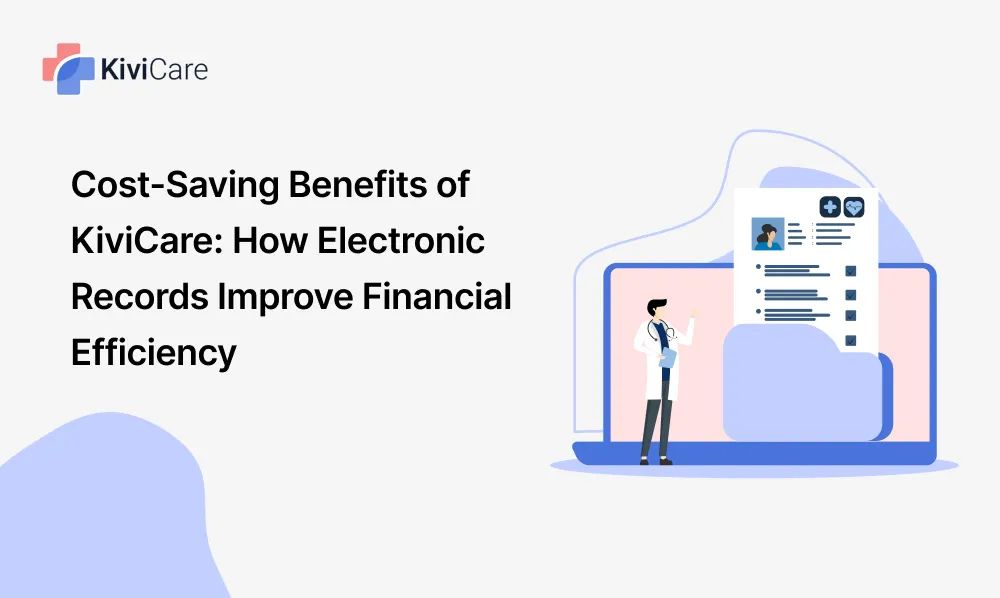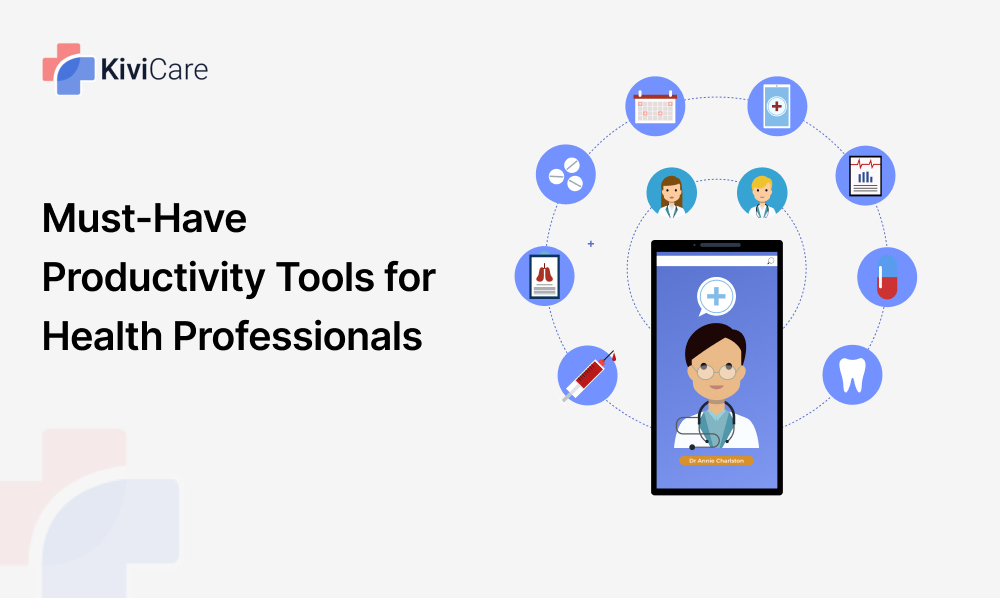
Must-Have Productivity Tools for Health Professionals
In today’s fast-paced healthcare environment, the demand for efficiency and productivity is at an all-time high. With increasing patient loads and complex administrative tasks, health professionals are constantly pressured to streamline their workflows and provide high-quality care.
Managing a busy clinic or hospital involves juggling numerous responsibilities, from patient appointments and medical records to billing and communication. These tasks can quickly become overwhelming, leading to potential errors, decreased productivity, and a diminished patient experience. With the right healthcare productivity tools, professionals may be able to maintain organizational ability and efficiency, impacting their overall effectiveness.
Healthcare productivity tools are essential solutions designed to address these challenges and enhance the efficiency of healthcare settings. By integrating the right tools, health professionals can better manage their workloads, improve patient care, and achieve tremendous operational success.
Essential Healthcare Productivity Tools
1. Electronic Health Records (EHR) Systems
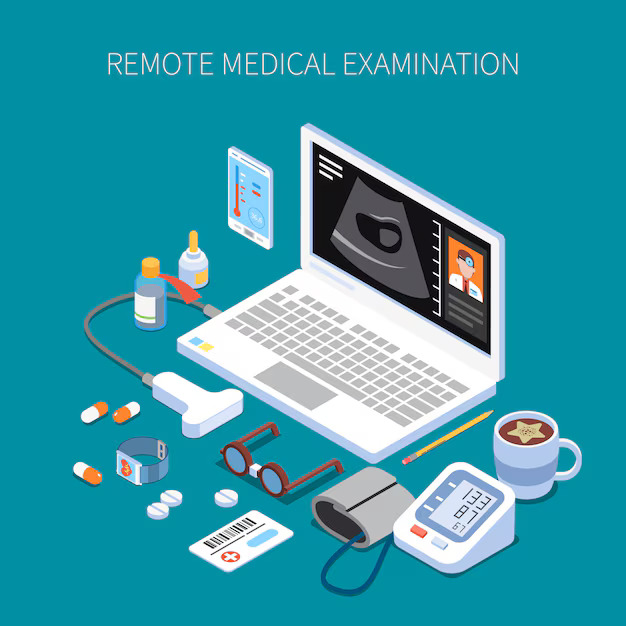
Electronic Health Records (EHR) systems are digital platforms for managing patient information in a healthcare setting. These systems replace traditional paper records, allowing for the electronic storage and retrieval of patient data. EHR systems play a crucial role in modern healthcare by consolidating all patient information into a single, accessible location.
EHR systems offer numerous advantages for healthcare providers:
Streamlined Patient Data Management:
EHRs centralize patient information, making it easier to track and update medical records, treatment plans, and test results.
Reduced Paperwork:
By moving from paper records to digital formats, EHRs minimize the need for physical documentation, reducing clutter and administrative burdens.
Improved Access to Patient Information:
Healthcare professionals can quickly access and share patient data, enhancing care coordination and ensuring that information is readily available during appointments and emergencies.
Several popular EHR systems are widely used in the industry:
I. Epic
Known for its comprehensive features and large-scale integration capabilities.
II. Cerner:
Offers a wide range of functionalities and is used by many hospitals and clinics.
III. KiviCare Laravel:
Provides an integrated EHR system within its clinic management platform, offering both efficiency and ease of use for healthcare providers.
2. Appointment Scheduling Software
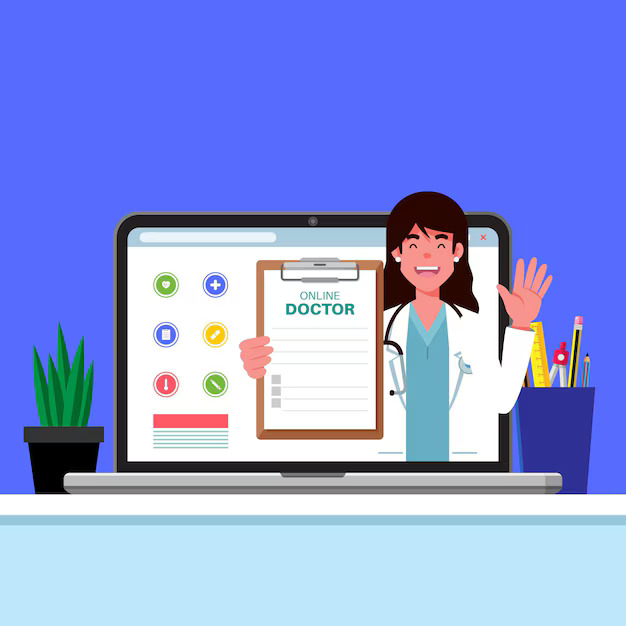
Efficient appointment scheduling software is crucial for managing a busy clinic or hospital. It ensures that patient appointments are well-organized and that healthcare providers use their limited time best. An efficient scheduling system reduces the risk of overbooking and missed appointments, which can lead to delays in care and patient dissatisfaction.
Benefits:
Appointment scheduling software offers several key features that enhance productivity:
a. Automated Reminders
Sends reminders to patients about upcoming appointments, reducing no-show rates and improving clinic efficiency.
b. Online Booking:
Patients can book their appointments online, which provides convenience and reduces the administrative workload for clinic staff.
c. Integration with Calendars:
Syncs with existing calendars to avoid scheduling conflicts and manage appointments seamlessly.
Examples:
Several practical scheduling tools are available:
I. Acuity Scheduling
provides powerful capabilities for managing appointments and customer interactions.
II. Zocdoc
offers an easy-to-use platform for online appointment scheduling and patient involvement.
III. KiviCare Laravel:
Includes built-in scheduling features that integrate with the clinic’s overall management system, streamlining appointment booking and management.
3. Telemedicine Platforms
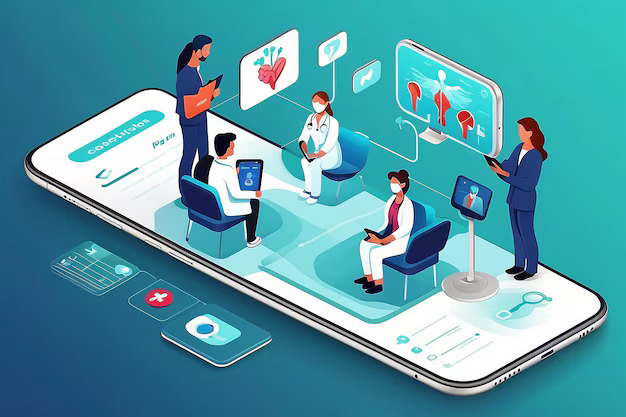
Telemedicine platforms allow healthcare providers to consult and offer care remotely through digital communication tools. These platforms have become increasingly important as they offer a way to deliver medical services without requiring patients to visit a clinic or hospital physically. This approach has grown in significance, especially after recent global health challenges.
Benefits:
Telemedicine platforms provide several advantages:
a. Automated Reminders
Allow healthcare providers to meet with patients via video or audio calls, facilitating access to care from anywhere.
b. Expanded Access to Care:
This will enable patients in remote or underserved areas to receive medical attention that might not be available locally.
c. Reduced Need for In-Person Visits:
Minimizing the need for physical appointments can save time and reduce exposure to contagious illnesses.
Examples:
Some practical telemedicine tools include:
I. Teladoc:
Offers a comprehensive platform for virtual consultations and follow-ups.
II. Doxy.me
offers a simple and safe platform for telemedicine conversations.
III. KiviCare Laravel:
Features integrated telemedicine capabilities within its clinic management system, supporting remote care and consultations.
4. Task Management and Collaboration Tools
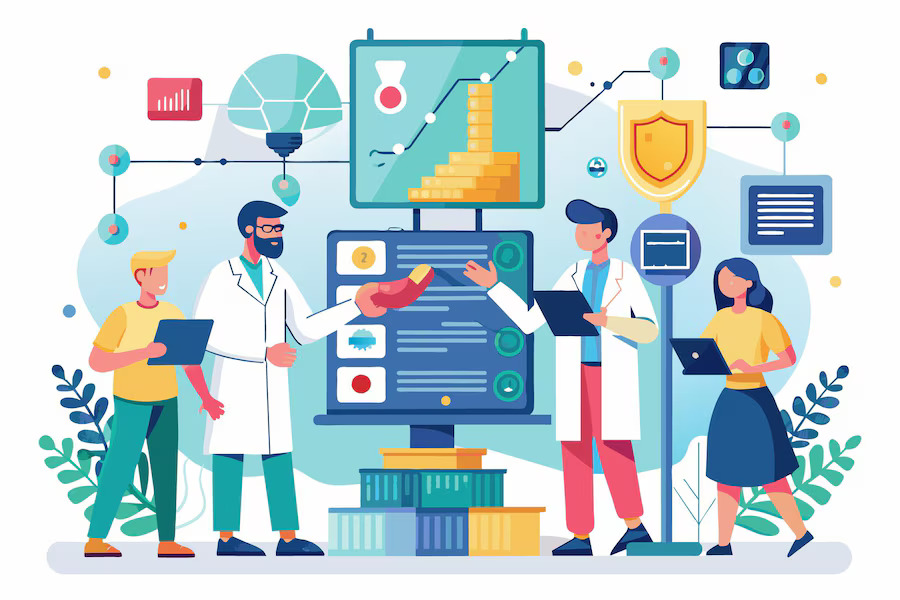
Task management and collaboration tools are essential in healthcare environments. They help organize and coordinate various tasks and workflows. These tools are essential for managing the complex responsibilities of healthcare teams, ensuring that tasks are completed efficiently and that team members work together effectively.
Benefits:
Task management and collaboration tools provide numerous significant benefits:
a. Organizing Tasks:
Help structure and prioritize tasks, ensuring that essential activities are completed on time.
b. Managing Workflows:
Streamline processes and workflows, reducing bottlenecks and improving efficiency.
c. Improving Team Collaboration:
Facilitate communication and collaboration among team members, enhancing coordination and information sharing.
Examples:
Several practical tools are available for managing tasks and collaboration:
I. Asana:
Provides a platform for task management and project tracking with various organizational features.
II. Trello:
Uses boards and cards to help teams organize tasks and track progress visually.
III. Microsoft Teams:
Combines chat, file sharing, and task management features to support team collaboration and communication.
Conclusion
In summary, Healthcare productivity tools such as Electronic Health Records (EHR) systems, appointment scheduling software, telemedicine platforms, and task management and collaboration tools are essential for improving efficiency in healthcare settings. These tools help address common challenges by streamlining patient data management, enhancing scheduling processes, enabling remote care, and facilitating team collaboration. By adopting these technologies, health professionals can better manage their workloads, improve patient care, and increase productivity.
Explore these tools and consider integrating them into your practice. Embrace the benefits they offer to enhance your efficiency and provide better care to your patients.








